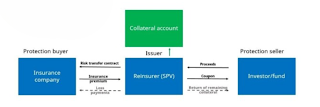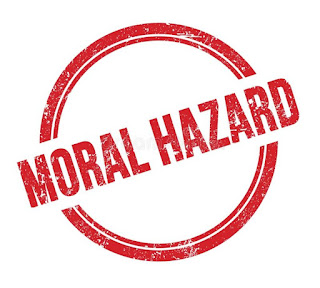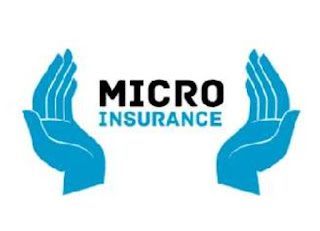Emerging Risks

Emerging Risks It is a risk resulting from a newly identified hazard to which a significant exposure may occur, or from an unexpected new or increased significant exposure and/or susceptibility to a known hazard. Emerging risks have high potential for loss as they often go unrecognised until they materialise in unexpected large-scale, high-impact risk events, or spontaneously developing trends. For example: Increasing cyber attacks due to the rise of digitalisation worldwide. 2013: Grounding of Dreamliners Flood in Thailand 2011 and Pakistan 2022. 2001: Attack on the World Trade Center Emerging risks are particularly important in the context of strategic planning, because strategic planning has a longer term horizon, assumptions about the future are much more critical and are much more likely to become invalid during the planning horizon. Emerging risks are identify by 1) Conduct emerging risk reviews. 2) Integrate reviews into the strategic planning process. 3) Identi...



















